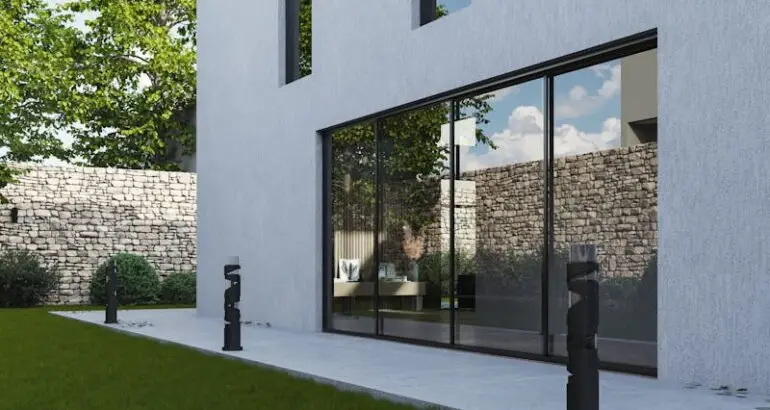Understanding the New Homes Quality Code & Ombudsman Service: Your Rights Explained
Understanding the New Homes Quality Code & Ombudsman Service: Your Rights Explained The journey of buying a new build home in the UK can be complex, often accompanied by concerns about quality and recourse if issues arise. Fortunately, the landscape of









